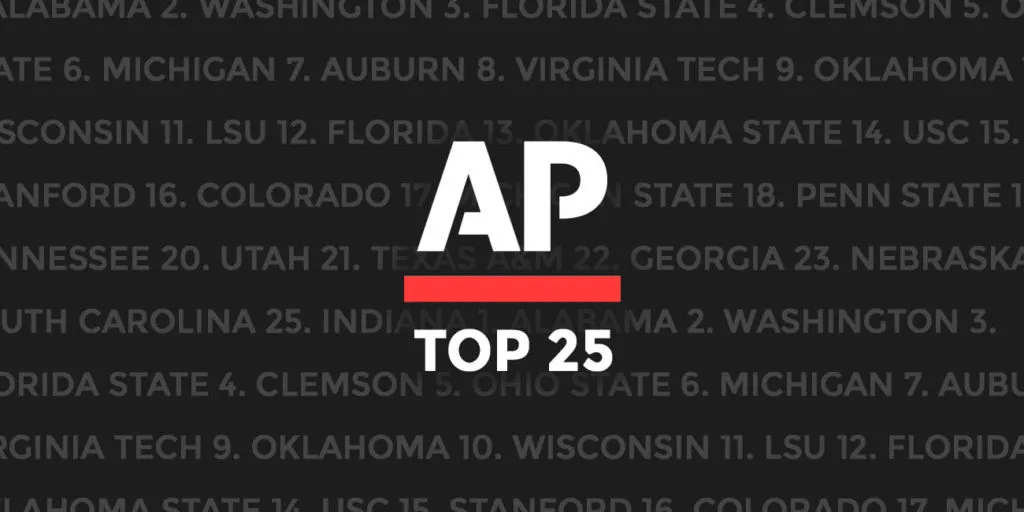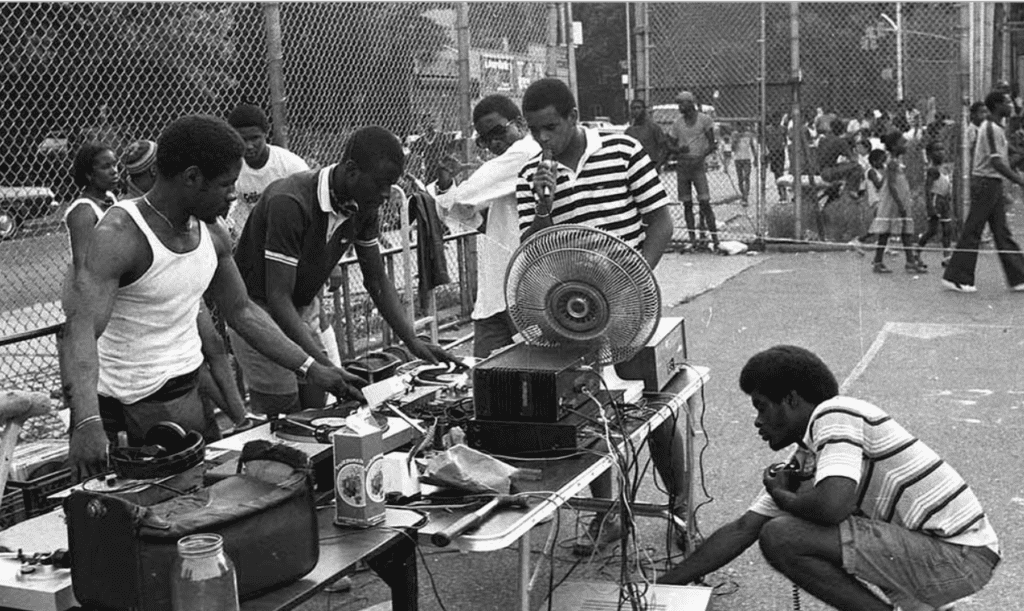One of the most debated elements of college football is the Associated Press Poll, a ranking system that often raises eyebrows and brings discontent among the fans, players, and coaches. While the poll is intended to provide an objective measure of team performance, it has become clear that it is not immune to inherent problems.
The AP Poll’s most apparent issue is its subjective nature. Unlike other major sports relying on statistics and a structured playoff system, college football places a significant weight on human opinions. A panel of sportswriters and broadcasters determine the rankings, leaving room for bias and inconsistencies. This subjectivity can be seen in the debate over whether a one-loss team from a power conference deserves a higher ranking than an undefeated team from a less prominent offense, thanks to the difficulty of their competition.
Additionally, the timing of the poll’s release is a cause for concern. The first AP ranking is released before a single down of football is played, relying heavily on preseason expectation and speculation. This premature ranking sets the tone for the entire season, influencing perceptions that may not align with actual team performance. A team’s early-season struggles or successes can be magnified, creating a narrative that may not accurately reflect its true strength.
The emphasis on brand recognition and historical success further muddies the waters. Traditional football powerhouses like Alabama, Georgia, Michigan, and LSU, often receive the benefit of the doubt, finding themselves ranked higher than their on-field performance justifies. This bias can be demoralizing for up-and-coming programs striving to prove why they belong. It undermines the principle of fair competition and perpetuates a hierarchy that may not be reflective of the current state of college football.
Another significant drawback is the lack of transparency in the voting process. While the individual ballots of voters are made public, the overall reasoning and criteria for selecting voters remain hidden in mystery. This lack of clarity fosters speculation and distrust, undermining the integrity of the poll itself. A more transparent process could enhance accountability and help reduce concerns about potential bias.
The absence of a standardized metric for ranking teams also poses challenges. Unlike college basketball, which has embraced advanced metrics such as the NCAA Evaluation Tool, college football lacks a system that accounts for strength of schedule, margin of victory, and other crucial factors. Implementing a comprehensive yet transparent metric could provide a more objective basis for rankings, reducing the influence of individual biases.
While the AP Poll is a longstanding tradition in college football, it is, for sure, not without its flaws. The subjective nature of the rankings, timing issues, bias, and lack of transparency, contribute to an overall outdated ranking system, as it often fails to accurately reflect the true hierarchy of teams. Exploring reforms, such as standardized metrics and increased transparency, could help address these concerns and ensure that the AP Poll remains a fair representation of college football’s dynamic landscape.














